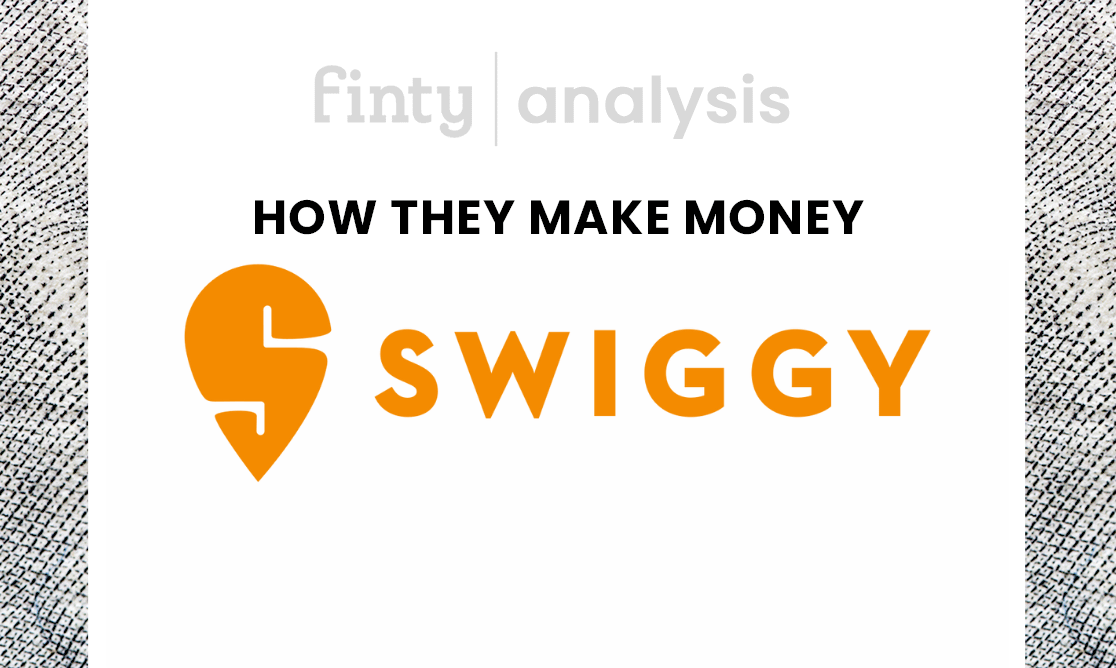- Swiggy is an Indian-based food delivery service catering to the Indian market.
- The company operates a model similar to Uber Eats and Postmates.
- Swiggy makes money by charging partner restaurants a fee for referring customers.
Sriharsha Majety, Nandan Reddy, and Rahul Jaimini founded Swiggy in 2014. The trio got the idea for the app after noticing the success of American-based food delivery apps like Postmates. Majety and Reddy formulated the idea, partnering with Jaimini, who had the expertise to turn the concept into a fully-functioning website.
Swiggy has goal of being a "hyperlocal food delivery service" where users can order food from restaurants in their local area.
The company has grown fast since launch and now dominates the Indian food delivery market. Here's how it makes money.

Coming up next
What does Swiggy do?
Like Postmates and Uber Eats in the US, Swiggy operates an on-demand food delivery business model with no minimum order value.
The company aggregates local restaurants, creating a platform where users can browse restaurants in their area when they want something to eat, but don't feel like leaving home.
Swiggy maintains a fleet of delivery drivers across India, with drivers being paid out of the revenue Swiggy receives from partner restaurants.
Swiggy operates in Ahmedabad, Bangalore, Mumbai, Chennai, Chandigarh, Delhi, Gurgaon, Hyderabad, Kolkata, Jaipur, and Pune. These densely populated, sprawling cities give Swiggy a huge addressable market and a burgeoning middle class.
How does Swiggy work?
Swiggy operates a platform business. Its users can browse the menus of local restaurants in their area. After placing their order, Swiggy's AI notifies drivers in the area to pick up the food and deliver it to the customer. Restaurants use Swiggy to attract new customers.
The app is available for Android and iOS devices, offering a simple setup and user experience for its customers. Customers can track their order's status and delivery in real-time thanks to an integration with Google Maps.
How Swiggy makes money
Swiggy makes money by charging its restaurant partners a commission on orders made through their app. They also charge fees for deliveries under Rs 100. Additionally, they generate revenue through in-app advertising and affiliate commissions.
Commissions
The bulk of Swiggy's revenue comes from charging partner restaurants a fee for referring customers.
Depending on the restaurant's order volume through Swiggy, commissions can range from 15% to 25%.
Delivery charges
Swiggy doesn't have a minimum order value for deliveries. If a customer purchases food under Rs 100, Swiggy charges a delivery fee.
Advertising
Swiggy offers in-app advertising opportunities to its partners and other businesses. Restaurants can purchase priority listings to improve their visibility.
Swiggy Restaurants
Swiggy started opening a chain of restaurants under its brand umbrella.
Its pilot restaurant opened in Bangalore, with plans to replicate the model in cities where they have operations like Mumbai and Hyderabad.
Swiggy Super and Swiggy One
Swiggy Super and Swiggy One are loyalty programs for customers.
In return for their subscription, members get unlimited free delivery on orders, with no surge pricing during peak delivery times.
Delivery charges
Swiggy charges its customers a supplemental delivery fee for outlying locations.
Affiliate income
Swiggy partners with financial institutions like American Express, Citi, ICICI Bank, HSBC, and others. The company receives a commission whenever one of its users successfully applies for a financial product after being referred from an in-app advertisement.
Future growth engine
Swiggy intends to expand its platform and open more Swiggy Restaurants in other Indian cities. It also has plans to expand internationally in Sri Lanka, Singapore, and the Philippines. However, India's massive population and growing middle class mean Swiggy has a huge growth opportunity on its doorstep.
While the company is a tech startup, there are no plans for it to IPO in the immediate term.
Apart from geographic expansion, Swiggy can develop its advertising business into a substantial business in its own right. Another obvious option for growth would be to service other industries, for example, connecting users with professional and domestic services (like Airtasker and TaskRabbit have).
Competitors
Swiggy dominates the Indian food delivery market. It competes with local restaurants that offer their own food delivery service, but many of these businesses use Swiggy alongside their existing services.
It is possible that food delivery services such as Grab and Gojek — both highly capitalized and growing businesses — could challenge Swiggy for the Indian market.

